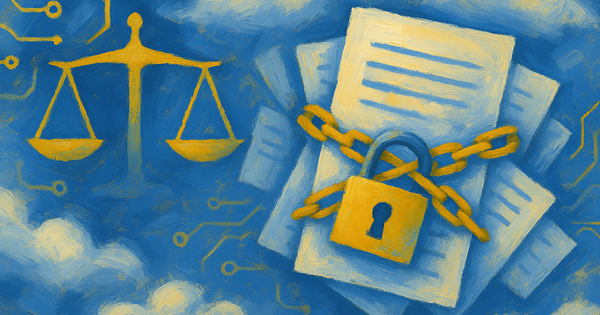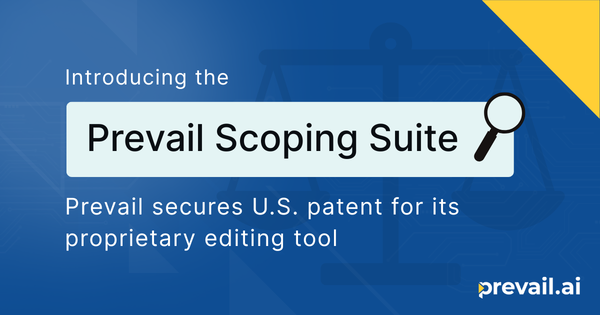Step-By-Step Guide: Planning for Remote Deposition Protocols
How to foster a harmonious process through mutual cooperation, technological advancements, and proper planning for a new era of legal proceedings.

In the time since the COVID-19 pandemic, remote depositions have become commonplace. Attorneys must learn to plan effectively for this new norm, and courts must also learn what works best procedurally for governing remote deposition protocols.
Deliberations over the where, how, when, and who of a deposition can be contentious. However, with a proper understanding of how remote deposition tools work, these questions will become easier to answer in the protocol order the court issues.
For starters, here’s a good benchmark: The pretrial order setting remote deposition guidelines by the Southern District of Florida for the growing mass tort litigation against the makers of the heartburn drug Zantac. Despite strengths, this reads like a lot of work for a “solution.”
That said, the attorneys should set mutually beneficial parameters. Courts should continue to listen and support efficiency.
Items to clarify when planning a remote deposition:
How to schedule everything?
Each side in the dispute must give opposing counsel plenty of lead time to prepare for remote depositions. There should be a surplus of good faith during this planning phase.
That means both sides should give each other several weeks to research and acquire the necessary equipment. Everyone needs time to set up the interface they will use, prepare the location, and complete other tasks.
There are also practical considerations regarding the witness. Two important inclusions in the Zantac order are a requirement that the remote deposition “shall be conducted during normal business hours within the witness’s local time zone” and that “reasonable accommodations” be considered.
Who can attend in person?
Deposition rooms lend themselves to organized chaos. This is augmented by the presence of people and props, as this article tailored for expert witnesses demonstrates.
In a remote world, there’s the opportunity to diminish bullying. Beyond the witness and his or her attorney, there isn’t a need for additional noise at the location. A hybrid approach, with a primary location and one or two participants off-site, is also an option.
How will the court reporter be used?
It has become clear thus far that court reporters do not have to be in the same room as the deponent during a remote deposition.
In fact, many orders we’ve seen, including one from the Supreme Judicial Court of Massachusetts make this clear. These orders mandate that attorneys stipulate that court reporters can be in a separate location. These orders also stipulate that court reports can administer and authorize oaths from that remote location.
A major question moving forward, however, will be whether live stenography will actually be needed. The potential mainstreaming of virtual transcription promotes the use of platforms that feature built-in speech-to-text technology. This marks an excellent chance for court reporters and technologists to divvy up leadership responsibilities while honoring institutional knowledge. In other words, this can redefine responsibilities and competencies.
How will we use video?
Answering this question comes down to two scenarios:
If a court reporter is used by agreement or mandated by the court, then the services of a videographer are needed. The videographer is charged with recording the deposition testimony and then usually handing it off to the stenographer for use in finalizing the transcript.
In some orders, the videographer’s duties read elaborately. They require that person to recite a list of information about the parties and court requirements at the beginning of each segment of the deposition.
There is also the simpler scenario: using video-recording tools built directly into the platform and stipulating reliance on real-time transcripts. Curiously, the Zantac order requires real-time transcription while leaning on the stenographer’s live take as the official record.
Is Zoom really ideal?
Arguably the most critical decision is the selection of a cloud-based platform for conducting the remote deposition. Logically, it seems each party should access and use the same system, but the noticing party might still want to dictate usage.
There may be friction as a result. One party may be fine with using Zoom. The other party may have security and quality-control concerns. In some cases, each party may have a standing relationship with a court-reporting services provider that relies on competing systems.
It will take good faith and education about available options to reach an agreement here. Remember to address these variables:
- Ownership of the platform
- Control over specific testimony
- Allowable uses of technology functions
- Rules on “coaching the witness”
- Using “breakout rooms” for attorney-client consultation
How to handle and inspect exhibits?
Electronic exhibits, and exhibits introduced and used electronically, represent new challenges in a virtual environment. Consequently, exhibit introduction and review will be issues to sort out.
- Physical copies of exhibits. Is the electronic display of exhibits sufficient? Should deponents receive and review a physical copy? The Zantac order splits the difference. It requires attorneys to provide hard copies to opposing counsel only if the exhibit in question exceeds 100 pages or the deponent requires a reasonable accommodation.
- Controlling exhibits during the live deposition. What can or cannot the introducing attorney do with the exhibit? Can a deponent or opposing counsel interact with the exhibit? Are procedures for destroying physical copies of exhibits needed? Systems like Prevail make these questions easier to answer by offering centralized uploading, preparation, display, and interaction.
How to assure security?
Most suppliers of remote deposition technology platforms should have their system specifications available for review. Assess whether a solutions provider has industry-standard certifications and audit reports, or if they plan to attain them.
The court order should also protect confidentiality and privilege. Consider steps such as the use of “waiting rooms,” the transmission of secure unique links to limit access to exhibits, pre-system selection inspection, and other safeguards.
An agreement on remote deposition protocols sets a good tone between the parties before diving into the adversarial work. Perhaps deposition rule-setting can one day become the one thing the sides don’t fight about.





